Role of Worship in Spiritual Formation (4)
A communal sense of time
Closely aligned with a community’s worship of God is its sense of time[i]. The Christian calendar gives a sense of the liturgical year which has bind Christian faith communities together in a common tradition of worship through the centuries[ii]. It serves the function of marking time, and “continually orders the pattern of our spirituality into a remembrance of God’s saving deeds and the anticipation of the rule of God over all creation.”
According to Webber, “Christian-year spirituality” is a spirituality of being identified with the life and work of Lord Jesus Christ (2004, 23-24). However it does not stop there. It also allows the Holy Spirit to work in the Christians’ lives. Bruce Lockerbie, an educator, is convinced that the Christian calendar “has helped many Christians become spiritually more mature.”[iii] (1994, 141). Similarly Dubley Weaver, a Presbyterian pastor also finds that the Christian calendar is a “helpful way of helping children live the story of God’s love in Jesus Christ and emphasizing the distinctiveness of the Christian faith and commitment in the midst of a secular world.”[iv] (2002, 67). All this serves to remind English-speaking Presbyterian churches in
Works cited
Lockerbie, D. B. (1994). Living and Growing in the Christian Year. In K. O. Gangel & J. C. Wilholt (Eds.), The Christian Educator's Handbook on Spiritual Formation. Grand Rapids, MI: Baker Books.
Weaver, J. D. (2002). Presbyterian Worship: A Guide for Clergy. Louisville, KN: Geneva Press.
Webber, R. E. (2004). Ancient-Future Time: Forming Spirituality through the Christian Year. Grand Rapids, MI: Baker Books.
White, J. F. (2000). Introduction to Christian Worship (3rd. rev. exp. ed.). Nashville: Abington Press.
Endnotes
[i] In Ancient-Future Time, Robert Weber writes about the Christian practice of time. He divides the church year into two cycles: a cycle of light
[ii] James White indicates the presence of the Christian calendar indicates Christianity takes time seriously. Compared to other religions which did not take time seriously, Christianity shows a God who intervenes in historic time. (White, 2000) p.67-80.
[iii] Lockerbie make a strong case for observation the Christian calendar by giving six reasons.
“
[iv] This is particularly important because typically children and youth are left out of the Christian calendar year except for Easter and Christmas where they are expected to perform for the adults, in the form of song items, skits, and dances.
|part 1|part 2|part 3|part 4|part 5|part 6|
Labels: Spiritual Formation, Worship




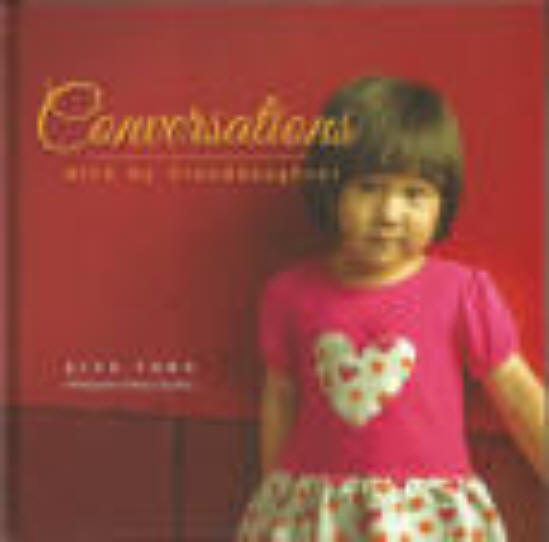
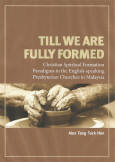
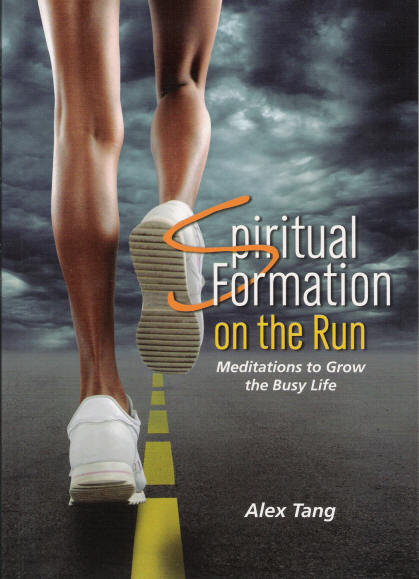
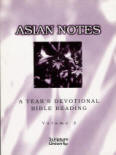
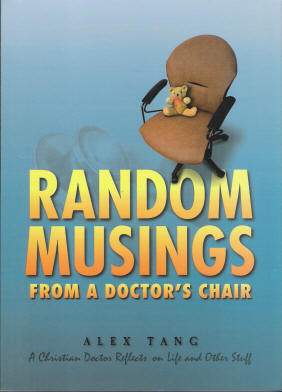

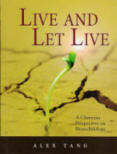


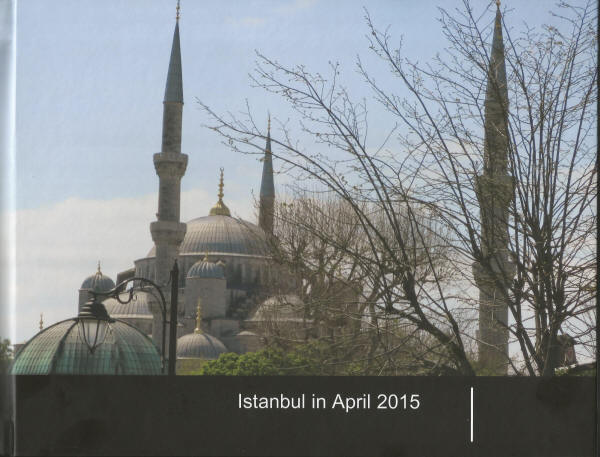
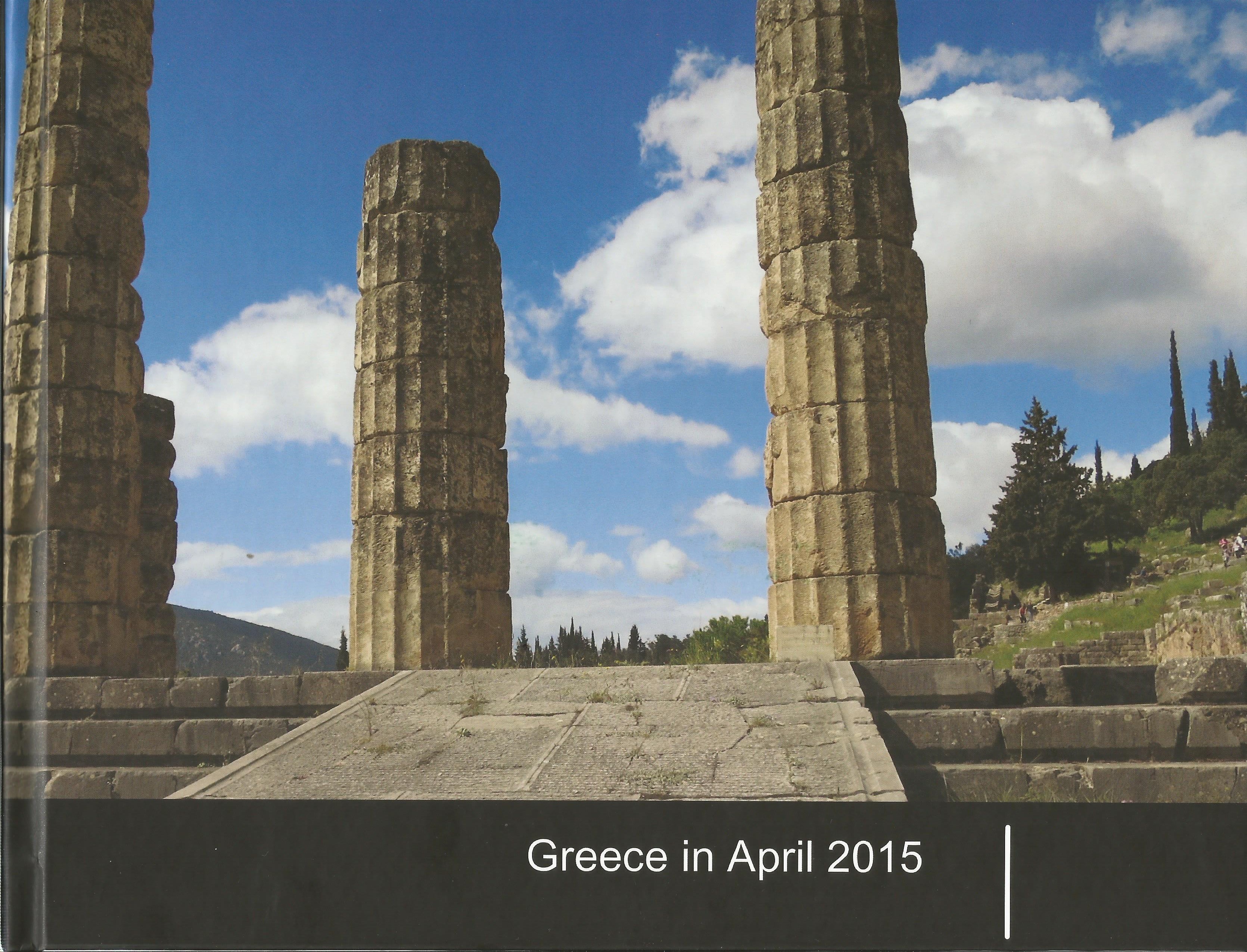
0 Comments:
Post a Comment
<< Home